 Friday, September 10, 2010 at 2:04PM |
Friday, September 10, 2010 at 2:04PM |  Visual Avenue
Visual Avenue 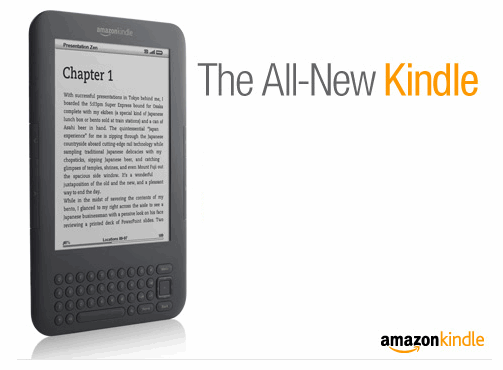
Consumers have various options when it comes to purchasing digital media. They can purchase content from iTunes, from the Zune Store or from Amazon.com. All of these options give users the ability to purchase video and audio at similar prices. However, Apple and Microsoft limit their content to their own devices, making it difficult for consumers to try other products. Apple has done this well and has done it for many years. They’ve created an ecosystem that works together. It’s simple to use and it scales effectively. You can purchase a movie from iTunes, view it on your iPod/iPhone and stream it to your TV via Apple TV.
On the other hand, Amazon has a completely different approach — they allow content purchased from their store to be distributed on many supported platforms. However, the experience is not easy or pleasant for casual consumers.
In order for digital media to succeed, content should be compatible with most advanced hardware platforms, regardless of the store it was purchased in. Online video has a long way to go and it is getting challenging to find content that works with certain hardware lock ins.
A few months ago Netflix announced that it would be made available for iPhone and iPod touch users. As of this morning, the app is now supported on these devices. Unlike the iPad, this is not the full fledged Netflix interface. It is very similar to the XBOX 360 interface where users browse by categories. If you can’t find certain content via the iPhone/iPod touch, I’d suggest adding that content to your Instant Queue from a computer and then viewing it on the device. As far as what this means for Netflix? It opens up an entire market of new users for a very limited investment. Huge potential and now a significant bargaining vehicle.

In this episode of the Digital Media Podcast, Aanarav Sareen and Tim Gilmour from Dualform Studio discuss Google’s growing platforms – Gmail, YouTube and Buzz.
Subscribe | Download MP3 | Podcast Page

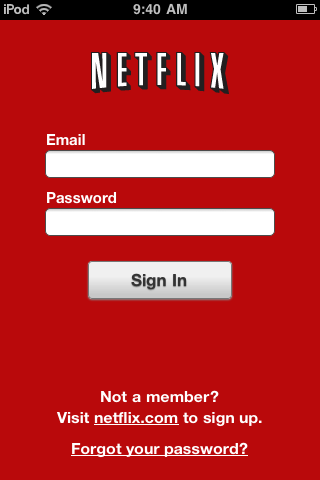
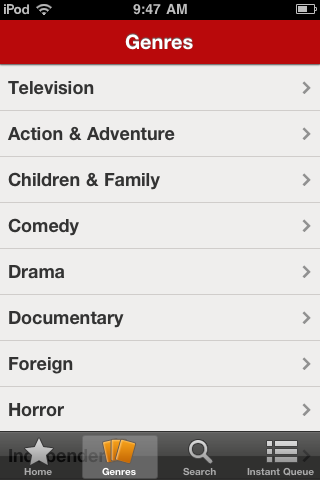
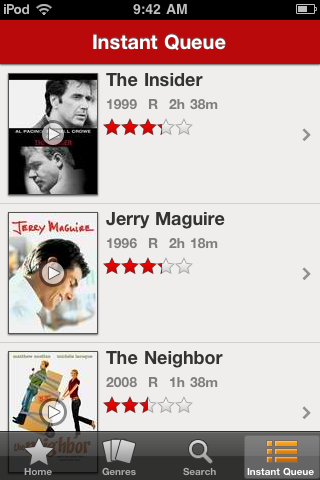
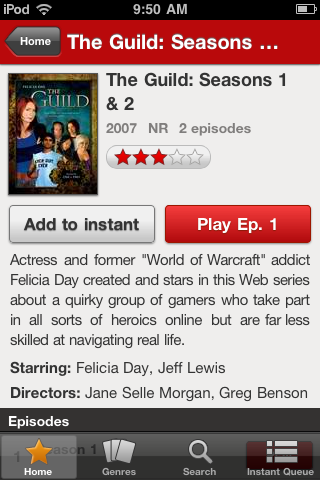
Reader Comments